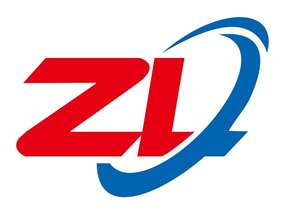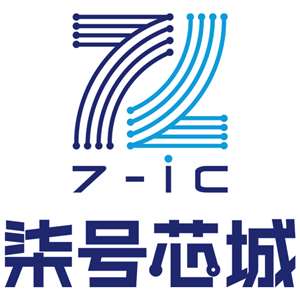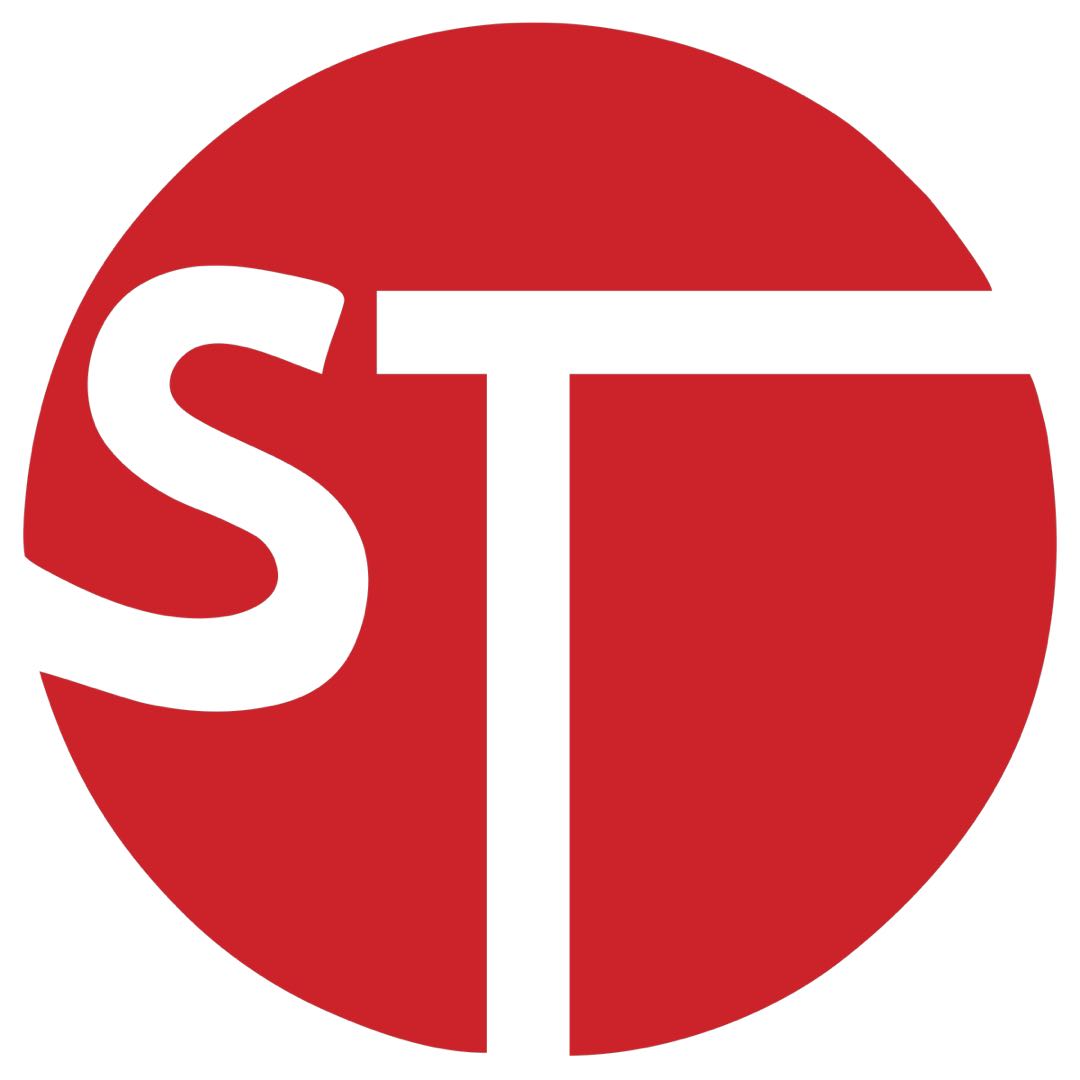





深圳市中利达电子科技有限公司
服务专线:
0755-13686833545
在线联系:
![]()
![]()

北京元坤伟业科技有限公司 服务专线: 010-62104931621064316210489162104791 在线联系:

柒号芯城电子商务(深圳)有限公司
服务专线:
18922805453
在线联系:
![]()
![]()

首天国际(深圳)科技有限公司 服务专线: 0755-82807802/82807803 在线联系:

深圳市芯福林电子有限公司
服务专线:
13418564337
在线联系:
![]()

| 型号: | GC2011A-PQ |
| Brand Name: | Texas Instruments |
| 是否无铅: | 含铅 |
| 是否Rohs认证: | 符合 |
| 生命周期: | Obsolete |
| IHS 制造商: | TEXAS INSTRUMENTS INC |
| 零件包装代码: | QFP |
| 包装说明: | QFP, QFP160,1.2SQ |
| 针数: | 160 |
| Reach Compliance Code: | compliant |
| ECCN代码: | 5A991.G |
| HTS代码: | 8542.39.00.01 |
| Factory Lead Time: | 1 week |
| 风险等级: | 5.77 |
| 边界扫描: | NO |
| 最大时钟频率: | 106 MHz |
| 外部数据总线宽度: | 12 |
| JESD-30 代码: | S-PQFP-G160 |
| JESD-609代码: | e4 |
| 长度: | 31.2 mm |
| 低功率模式: | YES |
| 湿度敏感等级: | 3 |
| 端子数量: | 160 |
| 最高工作温度: | 85 °C |
| 最低工作温度: | -40 °C |
| 输出数据总线宽度: | 16 |
| 封装主体材料: | PLASTIC/EPOXY |
| 封装代码: | QFP |
| 封装等效代码: | QFP160,1.2SQ |
| 封装形状: | SQUARE |
| 封装形式: | FLATPACK |
| 峰值回流温度(摄氏度): | 245 |
| 电源: | 3.3 V |
| 认证状态: | Not Qualified |
| 子类别: | DSP Peripherals |
| 最大压摆率: | 500 mA |
| 最大供电电压: | 3.5 V |
| 最小供电电压: | 3.1 V |
| 标称供电电压: | 3.3 V |
| 表面贴装: | YES |
| 技术: | CMOS |
| 温度等级: | INDUSTRIAL |
| 端子面层: | Nickel/Palladium/Gold (Ni/Pd/Au) |
| 端子形式: | GULL WING |
| 端子节距: | 0.65 mm |
| 端子位置: | QUAD |
| 处于峰值回流温度下的最长时间: | NOT SPECIFIED |
| 宽度: | 31.2 mm |
| uPs/uCs/外围集成电路类型: | DSP PERIPHERAL, DIGITAL FILTER |
| Base Number Matches: | 1 |
专业IC领域供求交易平台:提供全面的IC Datasheet资料和资讯,Datasheet 1000万数据,IC品牌1000多家。